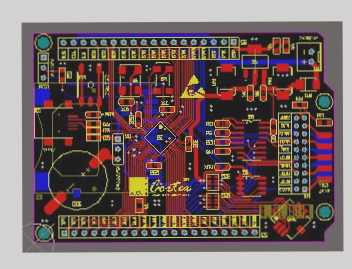Most people encounter some incorrect practices when soldering FPC connectors, leading to significant component loss. Despite the ongoing advancements in FPC connector technology, there remains a gap in knowledge regarding the proper soldering methods and the structural principles of FPC connectors. Therefore, I will share some pertinent information with everyone.
One: Pre-Welding Checks for FPC Connectors
1. First, insert the soldering iron’s plug into the designated socket and verify whether the iron heats up. If it does not, check if the socket is properly connected. If it is connected and still not heating, report the issue to the relevant technicians. Individuals should not attempt to disassemble the soldering iron or touch the tip directly with their hands.
2. Next, ensure that the soldering sponge is clean and contains water. If it is dry, add an appropriate amount of water. It’s essential to keep the sponge clean, as dirty sponges containing metal particles or sulfur can damage the soldering iron tip.
3. Replace any oxidized, uneven, or hooked soldering iron tips. When replacing, ensure that the new tip provides effective heat conduction.
—
Let me know if you need more help!

Second, we must ensure the quality of the soldered object. If a new soldering iron tip is installed, the maintenance coating should be wiped off after heating, and fresh solder should be applied immediately. The soldering iron should be cleaned before commencing any soldering work. If the soldering iron is idle for more than 5 minutes, the power supply must be turned off. The sponge should also be kept clean, as dirty sponges with metal particles or sulfur can damage the soldering iron tip.
**Two: Welding Skills for FPC Connectors**
1. The surrounding components of the FPC connector should be clean. If there is any debris nearby, it should be removed before proceeding. Ideally, the material should be tin-plated to facilitate soldering.
2. If the FPC connector is a new component, no peripheral processing is necessary, as the connector’s pins are already tinned and can be soldered directly.
3. The soldering iron must be tinned prior to use, which aids in heat transfer. (The purpose of the electric soldering iron is to weld electronic components, hardware wires, and other metallic items.)
4. After the component has been positioned, place the soldering iron close to the pin, allowing the solder wire to contact the heated part of the iron. Once the solder has melted, move the solder wire around the pad. (The purpose of solder wire is to ensure electrical conductivity and secure the components to the PCB.)
**FPC Connector**
**Three: Welding Method for FPC Connectors**
Step 1: First, prepare a piece of scrap wire. It is important that the wire is not a single strand; multi-stranded wire, typically 0.5 square mm, is preferred.
Step 2: Next, strip a short section of the wire, about 1 cm long, and apply some flux (pine resin, solder paste, or liquid flux can be used) to the copper wire for later use.
Step 3: Evenly apply a thin layer of solder to the pad, taking care to avoid short circuits.
Step 4: Then, use the soldering iron to tin the holder first. Fix one pin using the soldering iron’s tip, then apply some solder paste. Clean the soldering iron tip with a sponge and flatten the pins.
Step 5: Using tweezers, clamp the connector, align the pin with the pad, and solder one pin of the connector with the soldering iron.
Step 6: Each pin on both sides should be soldered 2 or 3 times to ensure a strong connection between the pins and pads.
Step 7: Finally, solder the remaining pins one by one. Note that no additional solder should be added to the soldering iron tip. When melting the solder, ensure that the soldering iron tip has a thin layer of solder (you can tap it against the soldering table a few times) to complete the welding process.
In conclusion, while FPC connectors are user-friendly, compact, precise, and resistant to bending, they are still relatively expensive. Therefore, it is essential to control losses. By paying close attention to the soldering methods for FPC connectors, the loss of FPC components can be minimized.
—
Let me know if you need any more help!




